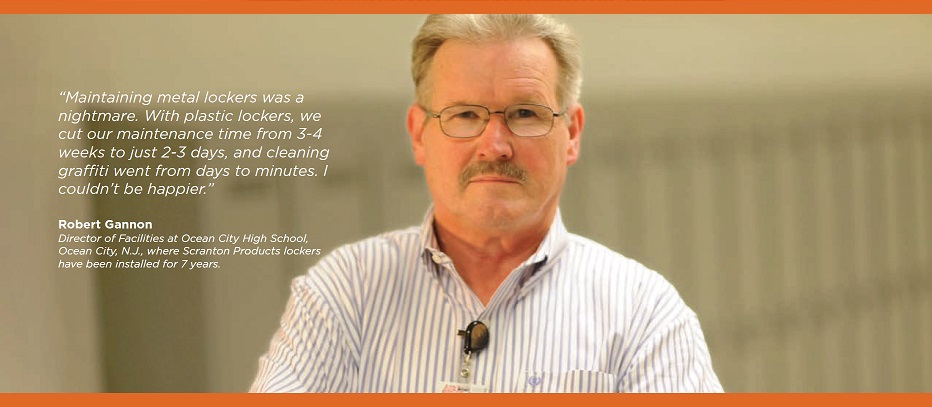No one wants to think about a flood, but they are a very real part of the phenomenon that is nature. According to the Federal Emergency Management Agency, flooding is the nation’s most common natural disaster. During the early weeks of spring, as the temperatures start to warm up and the snow starts to melt, the ground may still be frozen in spots, while other ground surfaces become saturated. Along with the snow melts, drenching rains and ground saturation, streams and rivers become swollen and spill over onto roadways, and into cities and towns. In other areas, burst dams, hurricanes and storm surges can cause catastrophic flooding.
Flooding can have serious consequences to buildings and what’s inside them, causing structural damage; affecting electrical wiring, as well as heating and cooling systems; saturating walls and floors, leading to mold growth and contamination; and damaging and contaminating furnishing and equipment.
No matter where your school is located, be prepared for flooding. This is particularly critical if your school is in a low-lying or coastal area, near water, or downstream from a dam – areas that can be in the pathway for raging floodwaters.
Mitigate Damages After A Flood
You may not be able to stay out of the path of those waters, but you can prepare your school facility for the aftermath and mitigate long-term cleanup
According to the National Clearinghouse for Educational Facilities, the following measures may help mitigate the impact of a flood on your school building:
- Improve site drainage
- Provide sump pump back-up power
- Maintain or replace check valves in sewer lines
- Provide off-site computer backup
- Elevate or flood-proof mechanical and electrical equipment
- Consider locating library facilities on a second story or higher level if possible
Select Furnishings Materials Carefully
In addition to these recommendations, to avoid damage to furnishings, consider selecting materials that are impervious to water and that can easily be cleaned and decontaminated.
School lockers, for example, can become a total loss to the school or require extensive repair and maintenance if they are not made of a strong, durable water resistant material. Currently, the only school hallway locker material that is not affected by water damage is Scranton Products high performance HDPE lockers.
Fully-fire rated for use in school hallways, Scranton Products Duralife Lockers® are manufactured from solid core high performance HDPE (high density polyethylene) and are impermeable to moisture. The solid core construction and non-porous surface means that no mold or mildew will grow inside or outside the lockers, and the lockers will never rust, corrode or delaminate. When cleanup is required, Duralife Lockers® are fully power-washable and steam-cleanable. In addition, Duralife Lockers® are GREENGUARD Gold Certified for use in school facilities, and are manufactured using recycled materials and are 100% recyclable, supporting a healthier environment both inside and outside of your school facility.
For more information on how Scranton Products Duralife Lockers® can help mitigate your school’s response to a serious flooding event, contact us today. To learn more about the sustainable and bacteria resistant properties of HDPE, click here to view our Continuing Education Center.


